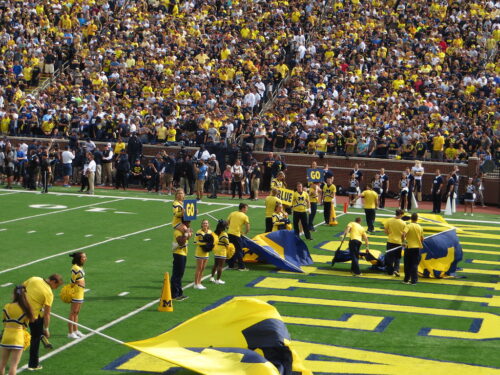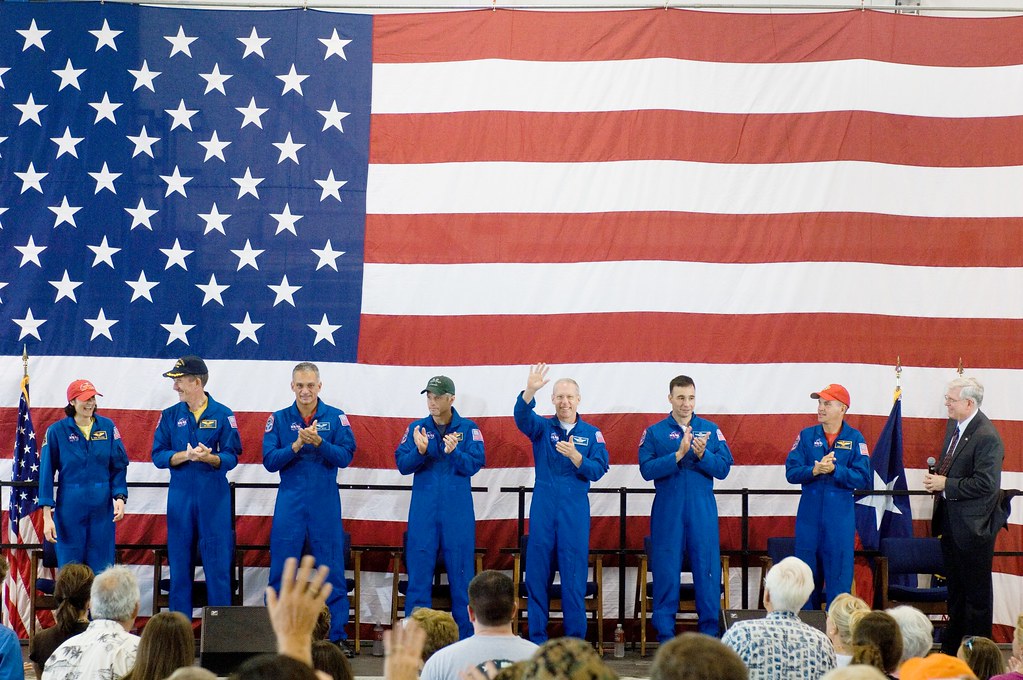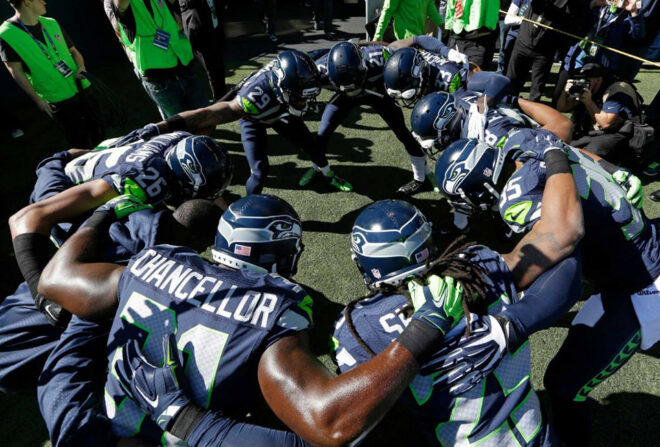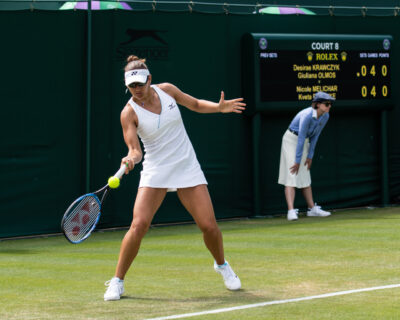Charles Clotfelter On Big-Time Sports In American Universities

Regular Lounge readers have heard me discuss before my seminar on Taboo Trades and Forbidden Markets. Although markets in human organs, sex work, commercial surrogacy, and the like are probably more standard fare in a course of this nature, I think that college athletics and amateurism also have a place, and I normally spend some time each semester on college sports (plus, it’s the Durham-Chapel-Hill area, what do you expect?)
This year I struck gold because my colleague, Charles Clotfelter, has a fascinating new book coming out in the next few months with Cambridge University Press, Big-Time Sports in American Universities. And last week he visited my seminar to discuss his book, which he’s spent years researching.
As a bit of background, Charlie is the Z. Smith Reynolds Professor of Public Policy Studies and a Professor of Economics and Law at Duke University, where he teaches courses on microeconomics and the economics of education. He is also a research associate of the National Bureau of Economic Research.
From the CUP website:
For almost a century, big-time college sport has been a wildly popular but consistently problematic part of American higher education. The challenges it poses to traditional academic values have been recognized from the start, but they have grown more ominous in recent decades, as cable television has become ubiquitous, commercial opportunities have proliferated and athletic budgets have ballooned. Drawing on new research findings, this book takes a fresh look at the role of commercial sports in American universities. It shows that, rather than being the inconsequential student activity that universities often imply that it is, the big-time sport has become a core function of the universities that engage in it. For this reason, the book takes this function seriously and presents evidence necessary for a constructive perspective about its value. Although big-time sport surely creates worrying conflicts in values, it also brings with it some surprising positive consequences.
One such conflict that Charlie discusses in the book is the compromise universities make in the academic realm in order to succeed in the athletic one. For example, there is abundant evidence that universities apply different admission standards to athletes than to the general student body (though Charlie is careful to note that athletes are not the only students to receive favorable admissions treatment). As just one piece of evidence, a survey of 21 public universities with big-time athletic programs, covering data from various years between 1999 and 2007, found that an average of 4% of all freshmen at those universities were classified as special admits, whereas the corresponding percentage of football players was 49%.
Once admitted, many college athletes, in an attempt to maintain good academic standing in the face of rigorous practice, game, and travel schedules, seek out courses in which they are more likely to succeed. As a result, certain departments or programs at many universities become “the academic home” to a disproportionate share of athletes. At Virginia Tech, for example, 19% of football players were majoring in residential property management, while only 0.4% of all students were. At N.C. State, a third of the football players were sports management majors, compared to only 0.8% of all students. As an extreme example, the book discusses the physical education course taught by an assistant basketball coach at the University of Georgia, with a multiple-choice test featuring such questions as, “How many points does a three-point field goal account for in a Basketball Game?”
Despite all of this, universities struggle to graduate student-athletes in the revenue sports. Charlie calculated graduation rates for the 58 universities with big-time athletic programs for all students entering these universities between 1998 and 2001. The average graduation rate was 72%. But the comparable rate for basketball players was only 42%, and for football, it was 56%.
But the book is not intended as an indictment of college sports, so much as a realistic assessment of it. Charlie also discusses the benefits of college athletics, both to the institution and to society at large. Chief among these institutional benefits is the potential to increase the applicant pool, allowing the university to be more selective (this evidence – and its limitations – is discussed at length in the book). But Charlie also discusses a rarely mentioned benefit of college sports — the enjoyment of fans and spectators, including fans and spectators not part of the university community. As Charlie notes, “American universities, by way of their entertainment function, produce a thing of value that is enjoyed by a population potentially much more numerous than its living alumni, not to mention its current student body.”
As a basketball season ticket holder at a local university that will remain unnamed, I can speak first-hand about such positive spillover effects. But at the same time, I have to wonder about the extent to which big-time college sports – with the benefit of favorable tax, antitrust, and other benefits not enjoyed by its professional counterparts, including the amateur status of its players – may crowd out other, localized sports enjoyment opportunities. Many of my European and Asian friends find it distinctly odd that American universities provide the primary sports outlets in many parts of the U.S., as opposed to professional regional or local leagues. And that Americans (at least in my neck of the woods) are obsessed with the Duke versus UNC basketball game, as compared to India versus Pakistan (cricket) or the Netherlands versus Spain (soccer, or football for you euro-types).
It was a lot of fun hearing Charlie discuss the book. And it was also interesting to hear the lengths to which he went to gather the necessary data, the lack of cooperation from many universities, and his corresponding creativity in gaining the information he needed to complete the project. Advance reviews are on the CUP website and include reviews from Roger Noll, Daniel Hamermesh, and Nannerl Keohane, among others.




